
Teaching Crayon Grip
Close to 50 percent of three-year-olds have the fine motor ability to hold a small crayon correctly (Schneck & Henderson 1990). But the correct grip has to be taught. You can end awkward or even fisted pencil grips with direct teaching of specific strategies. Young children are pliable and can learn good habits. Here are strategies to teach correct crayon grip.
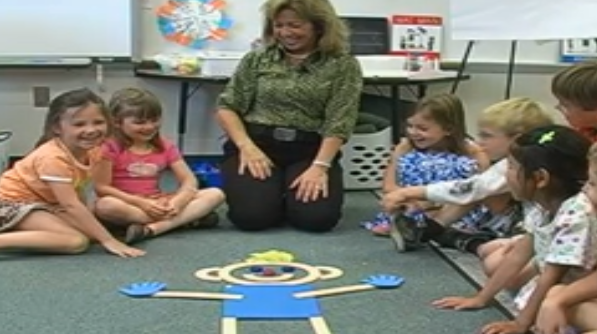
Building Mat Man
Young children are often asked to draw pictures of themselves or of other people. Bring Mat Man to school to teach drawing with building and singing. First, the teacher builds Mat Man on the floor, and then she gives him away, piece by piece: “You have the nose.” Mat Man is gone, but he comes back to life with the “Mat Man” song. Children sing about each part, stopping to put it in place. They learn about body parts, where they go, and what they do. When children know how to build Mat Man, they can easily approach drawing the same way.
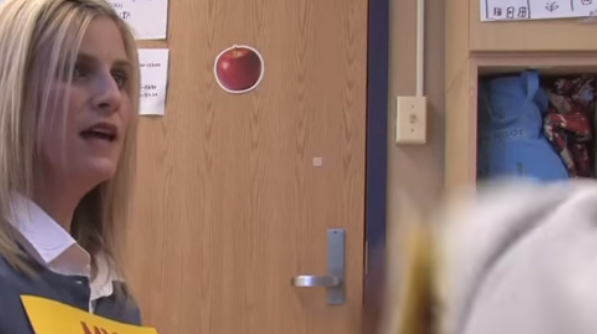
Draw in My Book
Children will love to draw freely in My Book. This becomes children’s personalized story book. They will enjoy drawing themselves, their friends, family members, and their favorite foods and things to do. Allow them to share their drawings with you. They will also want to share them with others.
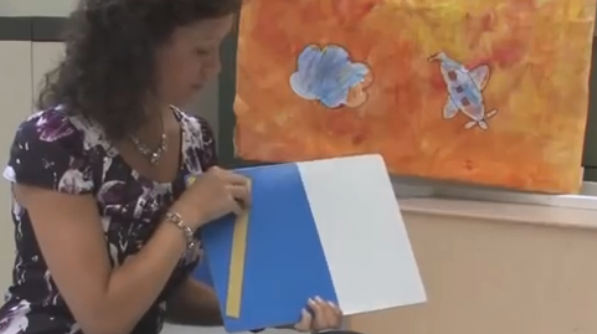
Magnetic Pieces
Children watch you build a capital piece by piece. They watch, wondering which piece will be next and which letter it will be. The suspense draws their attention and participation. They learn how to build letters and name capitals.
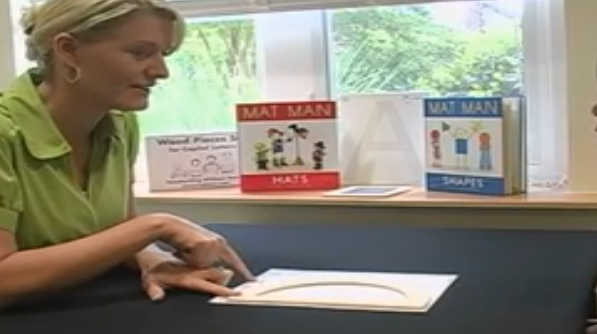
Building Capital Letters With Letter Cards
Letter Cards show a capital made with Wood Pieces. Children simply put real Wood Pieces on the card. This is a fine first Letter Play activity, especially for children who are just learning to turn and place pieces. This Letter Play activity teaches children how to build letters correctly, piece by piece, before they write. It’s also a beginning activity for observation and organization.
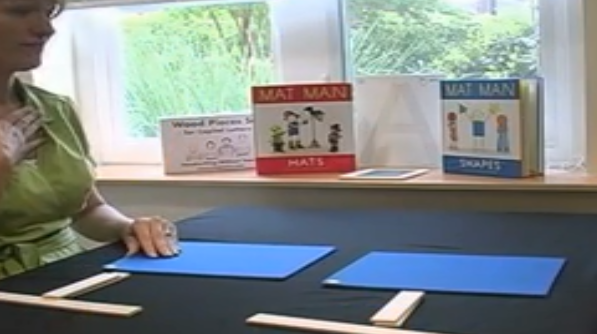
Building Capital letters on Mat
The Mat for Wood Pieces is blue with a yellow smiley face on the top left corner. That’s the starting corner for capitals B D E F H K L M N P R U V W X Y Z. Many of them (B D E F H K L M N P R) start with a Big Line on the left of the Mat. When the Big Line is on the left of the Mat, the next part of the letter is always on the right side.
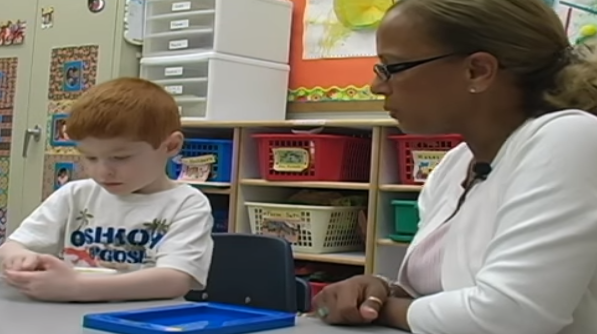
Building With RollADough
Lorem ipsumChildren love to roll dough snakes and make capitals and numbers. They can build them on the cards or in the tray. This activity helps them build strength in their fingers as they learn letters and numbers.
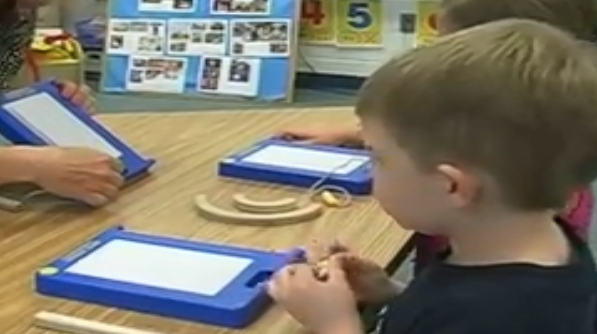
Stamp and See
Here’s another sensory activity. Children stamp a capital with magnetic stamps: Big Lines, Little Lines, Big Curves, Little Curves. After that, they can trace the stamped capital with magnetic chalk (included and attached). Tracing the letter is a first taste of writing the letter with strokes.
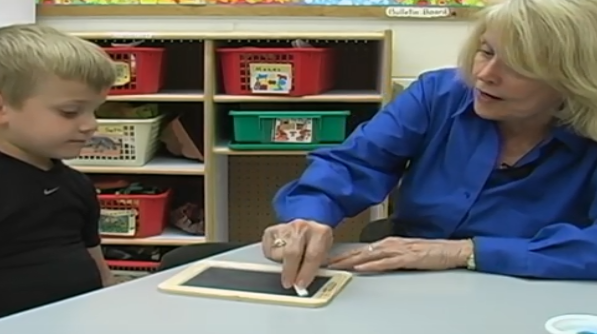
Letter K on Slate
This is a favorite activity because it teaches so many skills. You write a chalk letter and teach each step. Children wet the letter, dry it, and then try it with chalk. The little bits of sponge and chalk reinforce correct grip.
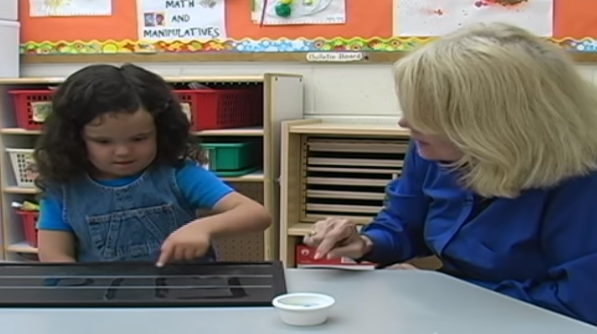
Write My Name Wet Dry Try
To prepare your students for kindergarten, you can teach them to write their names in title case. It is important that they learn the correct formation habits for the letters in their names, but it is also challenging because they aren’t getting the benefit of complete lowercase instruction. So, take some extra time to help them understand the size and formation habits for writing the lowercase letters. Use Wet-Dry-Try on the Blackboard with Double Lines to teach these habits effectively.
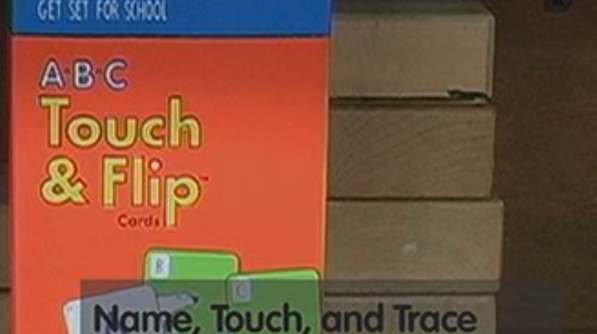
Name, touch Trace with Flip Cards
Have you ever heard of muscle memory? That’s certain movement patterns that are so automatic they don’t require thinking. We want children to know numbers so well that they write them correctly without thinking. When children trace the Touch & Flip tactile number cards, they build stroke visual memory.
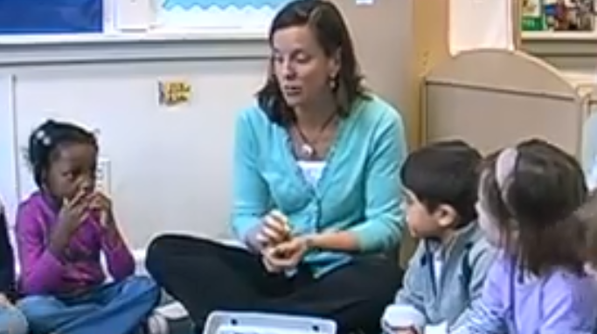
I Know My Numbers
These are 10 individual booklets, and each child gets the whole set over time. Each child gets all 10 booklets. Start with 1, and use it at school. After a couple weeks, send it home for children to use at home. Then start 2 and so on. Parents will appreciate the friendly information in every booklet. They’ll also enjoy seeing the activities: numbers to trace, pictures to color, simple things to build, and the words for rhymes and finger plays.